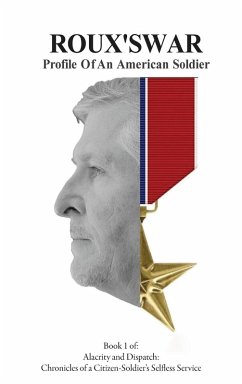
White Phosphorus Use in Iraq
Versandkostenfrei!
Versandfertig in 6-10 Tagen
23,99 €
inkl. MwSt.

PAYBACK Punkte
12 °P sammeln!
Please note that the content of this book primarily consists of articles available from Wikipedia or other free sources online. There have been several cases in which white phosphorus (WP) has been used or has been claimed to have been used as an anti-personnel weapon in Iraq by the Saddam Hussein regime and the United States military. The use of white phosphorus is notable because of its incendiary properties, which can inflict severe burns. Although initially denied, its use by the US was later confirmed by a United States army general serving in Iraq. General Pace, then Chairman of the Join...
Please note that the content of this book primarily consists of articles available from Wikipedia or other free sources online. There have been several cases in which white phosphorus (WP) has been used or has been claimed to have been used as an anti-personnel weapon in Iraq by the Saddam Hussein regime and the United States military. The use of white phosphorus is notable because of its incendiary properties, which can inflict severe burns. Although initially denied, its use by the US was later confirmed by a United States army general serving in Iraq. General Pace, then Chairman of the Joint Chiefs of Staff denied allegations that the weapon was used against civilians, maintaining that it was only targeted on insurgents. March 1988: According to an undated ANSA article quoted by an RAI documentary, white phosphorus was used by Saddam Hussein during the Halabja poison gas attack: (transl.) "On the morning of March 16, 1988, the Iraqi aerial forces bombed several times the city with a chemical cocktail of nerve agents: yperite, tabun, VX, napalm and white phosphorus." WP use had not been previously mentioned in other reports on Halabja, but the use of napalm was commonly reported.












